| << Chapter < Page | Chapter >> Page > |
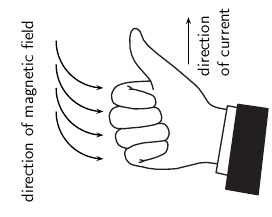
Use the Right Hand Rule to draw in the directions of the magnetic fields for the following conductorswith the currents flowing in the directions shown by the arrows. The first problem has been completed for you.
| 1. |
|
2. |
|
3. |
|
4. |
|
| 5. |
|
6. |
|
7. |
|
8. |
|
| 9. |
|
10. |
|
11. |
|
12. |
|
Apparatus:
Method:
Conclusions:
Use your observations to answer the following questions:
Consider two loops made from a conducting material, which carry currents (in opposite directions) and are placed in the planeof the page. By using the Right Hand Rule, draw what you think the magnetic field would look like at different points around each of the twoloops. Loop 1 has the current flowing in a counter-clockwise direction, while loop 2 has the current flowing in a clockwisedirection.

If you make a loop of current carrying conductor, then the direction of the magnetic field is obtained by applying the RightHand Rule to different points in the loop.
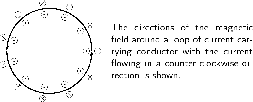
If we now add another loop with the current in the same direction, then the magnetic field around each loop can be added together to create a stronger magnetic field. A coil of many such loops is called a solenoid . The magnetic field pattern around a solenoid is similar to the magnetic field pattern around the bar magnet that you studied in Grade 10, which had a definite north and south pole.
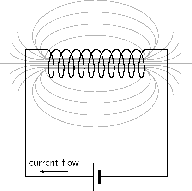
An electromagnet is a piece of wire intended to generate a magnetic field with the passage of electric current through it.Though all current-carrying conductors produce magnetic fields, an electromagnet is usually constructed in such a way as to maximizethe strength of the magnetic field it produces for a special purpose. Electromagnets are commonly used in research,industry, medical, and consumer products. An example of a commonly used electromagnet is in security doors, e.g. on shop doors which open automatically.
As an electrically-controllable magnet, electromagnets form part of a wide variety of "electromechanical" devices: machines that produce a mechanical force or motion through electricalpower. Perhaps the most obvious example of such a machine is the electric motor which will be described in detail in Grade 12. Other examples of the use of electromagnets are electric bells, relays, loudspeakers and scrapyard cranes.
Aim:
A magnetic field is created when an electric current flows through a wire. A single wire does not produce a strong magnetic field,but a wire coiled around an iron core does. We will investigate this behaviour.
Apparatus:
Method:
Conclusions:
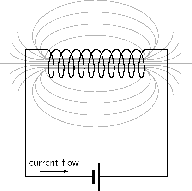
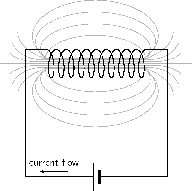
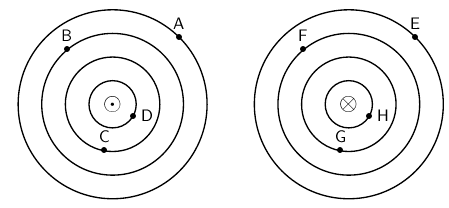

Notification Switch
Would you like to follow the 'Siyavula textbooks: grade 11 physical science' conversation and receive update notifications?